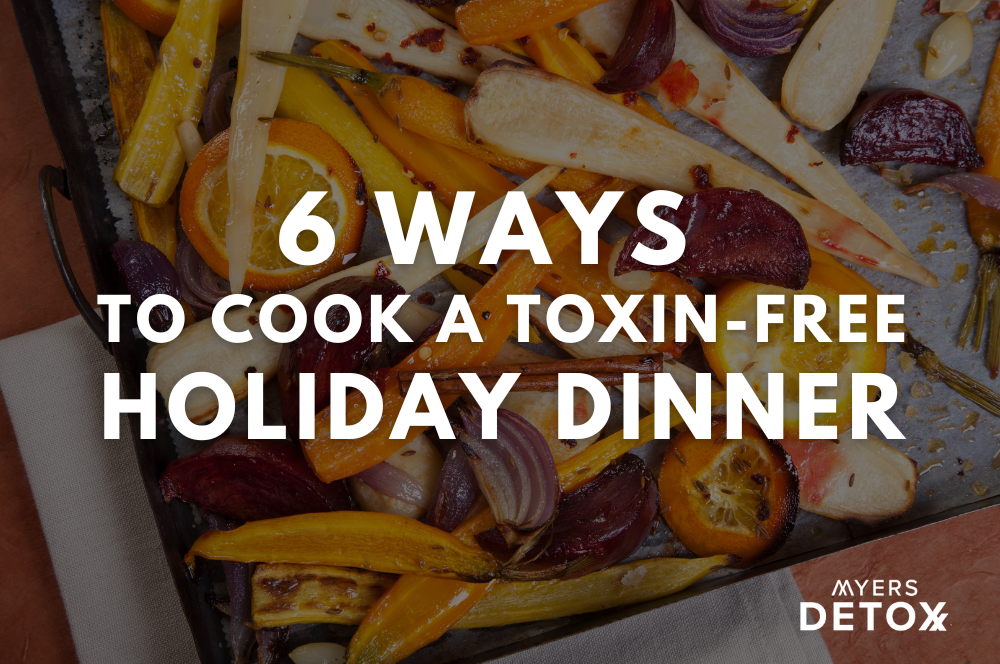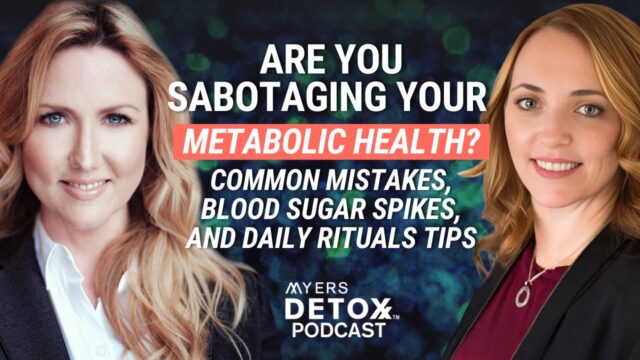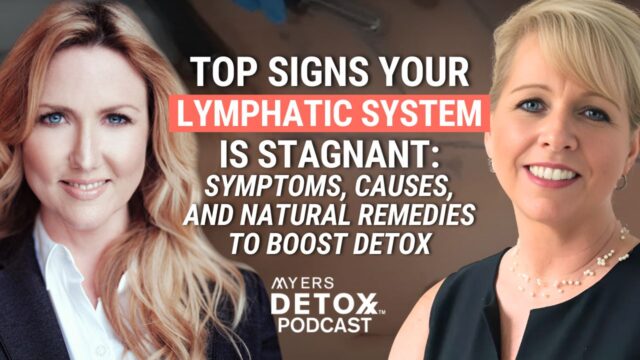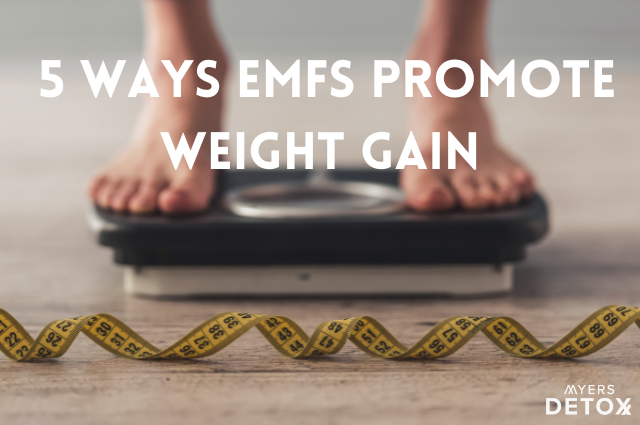Looking to cook a toxin-free holiday dinner? You’ve come to the right place! Whether you’re in charge of a holiday dinner, making cookies with your niece and nephew, or pulling together a large batch of your grandma’s fudge to give away as a holiday treat – this is a time of year that we all tend to spend more time cooking for our loved ones.
And, of course, when you’re cooking for the people you love, you want to make sure that the food you’re giving them is not only delicious but also healthy.
Unfortunately, even if you choose the highest quality ingredients, the dishes you cook in can contain toxic contaminants and leach toxins into your organic food! In fact, you might be surprised as to how many toxic chemicals are lurking in your kitchen, finding their way into your meals.
In this article, we’ll explore:
- One of the most overlooked sources of heavy metal exposure in the kitchen
- Why using filtered water for cooking is crucial if you want to keep your food clean
- Why your favorite cooking oil may be contaminating your food with inflammatory and toxic compounds
- The price you pay for the ease of non-stick cookware
- And more!
6 Ways to Cook Toxin-Free For The Holidays
#1 Replace Plastic Wrap and Aluminum Foil
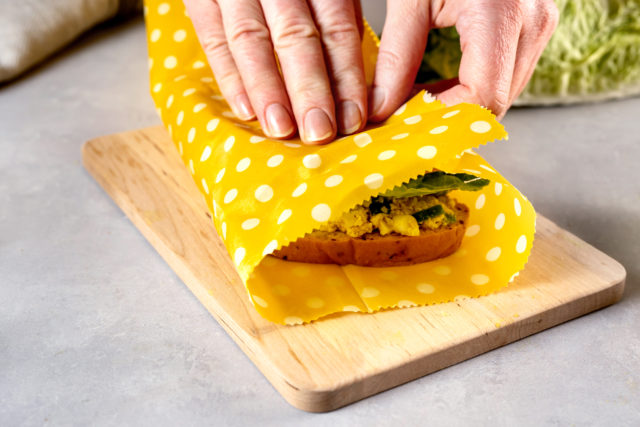
Plastic wrap and aluminum foil are two staples that you’ll find in almost every kitchen. But, sadly, they’re also two very common sources of toxic compounds.
Let’s start with aluminum foil; this one kind of speaks for itself. Aluminum is a toxic metal that’s been linked to neurotoxicity and a range of neurological issues, including dementia and Alzheimer’s disease, in addition to kidney damage, liver damage, and other forms of organ system toxicity[1][2][3].
With all of this information out there, why are we still encouraged to wrap our food in aluminum and sometimes even cook with it at high temperatures? Unfortunately, the answer to that question remains a mystery, but you can do your part to avoid the potential toxicity of aluminum foil by replacing it with non-toxic wax paper, or if you’re using it to cover a baking dish, go for a dish that has its own glass top.
Plastic wrap is right up there with aluminum foil in the toxicity category. While most people don’t cook with plastic wrap, it’s a go-to for wrapping up dishes like a plate of cookies or keeping a bowl of salad fresh. Plastic wrap is made of PVC (polyvinyl chloride), which comes packed with contaminants, including heavy metals like cadmium, phthalates, and DEHA (diethylhexyl adipate). These chemicals are endocrine disruptors that can leach into your food and cause hormonal havoc.
In place of plastic wrap, you can use reusable food wrap that’s made from beeswax. It doesn’t wrap quite as well as plastic wrap, but it does the job without adding toxins to your food.
#2 Choose Healthier Cooking Oils
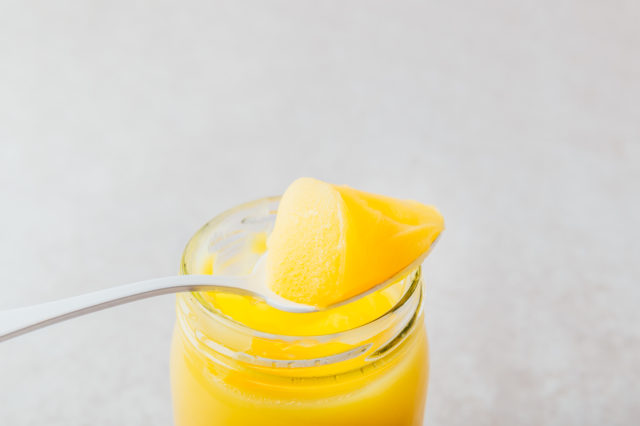
Cooking oils find their way into most of your dishes, so choosing a healthy oil that can withstand heat is vital.
First, be sure never to use olive oil for high-heat cooking. Truly, olive oil should only be used to dress salads or other finished dishes. The monounsaturated fats in olive oil are responsible for many of its health benefits, but these types of fats are also very unstable in heat. When you use olive oil for high-heat cooking, the monounsaturated fats can become oxidized and produce toxic compounds[4].
Industrial seed oils and vegetable oils like corn oil, soybean oil, safflower oil, canola oil, and so on are high in omega-6 fats, which are not only inflammatory but also break down when exposed to high temperatures[5].
These oils can also emit VOCs (volatile organic compounds) which are toxic air pollutants[6].
Use high-heat alternatives like avocado oil, coconut oil, ghee, butter, lard and other animal fats in place of vegetable oils. Saturated fats can withstand high temperatures without breaking down and then becoming toxic and inflammatory to your body.
#3 Avoid Non-Stick Pans (Teflon)

Non-stick pans make the cleanup process much easier, but they have a serious toxic downside. This is because most non-stick pans are made with Teflon, which is made from the chemical PTFE (polytetrafluoroethylene).
According to the EPA, PTFE may be toxic to your liver, kidneys, immune system, and reproductive system[7].
And if you have any cookware from 2015 or before, your Teflon likely contains perfluorooctanoic acid (PFOA), a chemical that was phased out due to its known toxic impact on several body systems[8].
There are several healthier options when it comes to avoiding non-stick cookware. Ceramic cookware and stone cookware are two options that are much safer than Teflon.
#4 Put Your Leftovers In Glass Containers
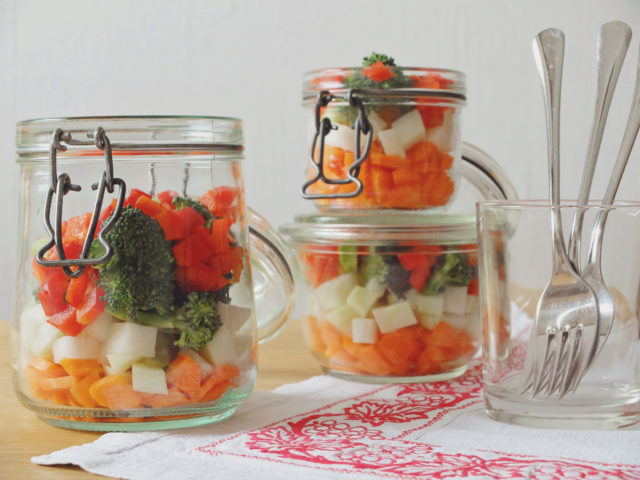
Similar to plastic wrap, most of the plastic containers out there are brimming with toxic chemicals. BPAs, phthalates, dioxins, heavy metals, and fluorinated compounds – to name a few. In addition, while storing your food in plasticware is problematic enough, many people heat their food in plastic, which increases the risk of chemical leaching.
Whether you’re packing up leftovers for tomorrow or sending your loved ones home with some extra turkey, stick with glass containers whenever possible. While glass food containers can be a bit pricey, a great option is to fill up some Mason or Ball jars with the food you’re keeping for later.
#5 Use Baking Dishes Instead of Baking Sheets
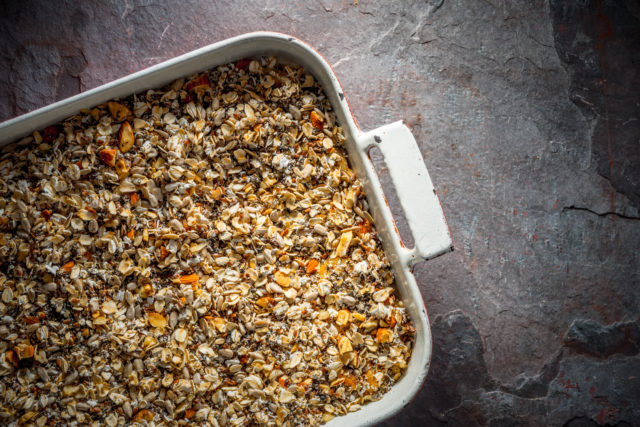
Even the most toxin-aware chef may overlook that baking sheets are just as dangerous as aluminum foil. In fact, most baking sheets are made of aluminum – and these guys regularly go into your oven at temperatures exceeding 400 degrees.
Baking sheets are excellent for creating a crispy finish to dishes like baked brussels sprouts or homemade french fries, but the risk is certainly not worth the reward.
The good news is that most items you would normally bake on a sheet can easily be transferred to a glass baking dish. For cookies, however, it may be best to stick to the baking sheet but add a layer of non-toxic wax paper, so the cookies aren’t sitting directly on the aluminum.
#6 Use Filtered Water
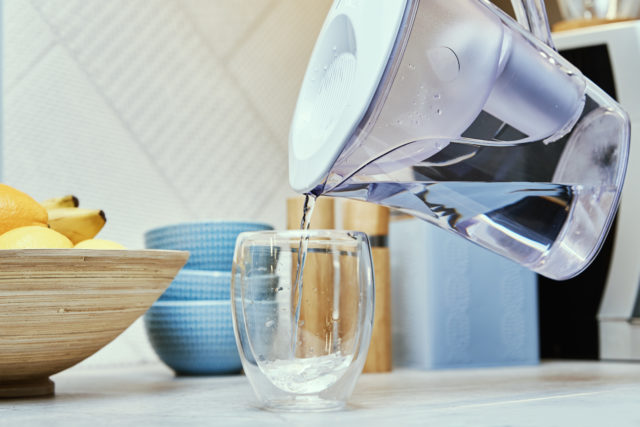
Water is full of toxic chemicals, heavy metals and even medications! And when you soak, steam, or cook your food in contaminated water, all those compounds can be incorporated right into your meal.
Many people filter their drinking water, but when it comes to cooking, they go right for the tap. Keep in mind that even if you’re just boiling pasta, some of the toxic chemicals in your tap water may bind to your food.
This is especially true when you’re cooking grains or beans, which absorb the water completely.
Depending on where you live and how contaminated your water is, there could be any number of toxic compounds, including[9]:
- Medications
- Heavy metals
- Radioactive isotopes
- Pesticides
- Bacteria and viruses
- Forever chemicals (PFAS)
- Arsenic
- And more
If you know you’re going to have a big day of cooking ahead of you, and you only have a small water filtration system, you can get ahead of having to use tap water by filtering a bunch of water the day before and saving it in glass storage containers or water pitchers. Any water you cook with, ask yourself, “would I drink a glass of this?” if your answer is no, then you shouldn’t be cooking with it.
Takeaway
Cooking for our loved ones is one of the most rewarding parts of the holiday season. There is something so beautiful about sharing a nutritious meal that’s made with love with friends and family. This year make sure that when you gather around the dinner table, your thoughtfully chosen meal isn’t becoming secretly contaminated with unwanted chemicals.
With some simple shifts and new ways of doing things, you could greatly reduce the toxic load you’re feeding yourself and your family. You may even want to share some of these tips and tricks so they can follow suit.
Happy holidays and happy toxin-free cooking!


